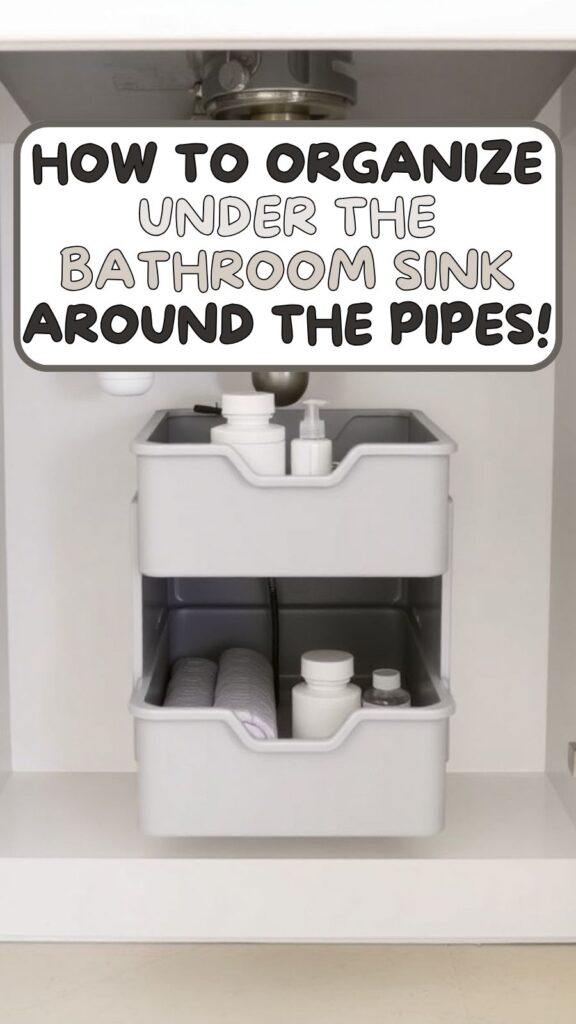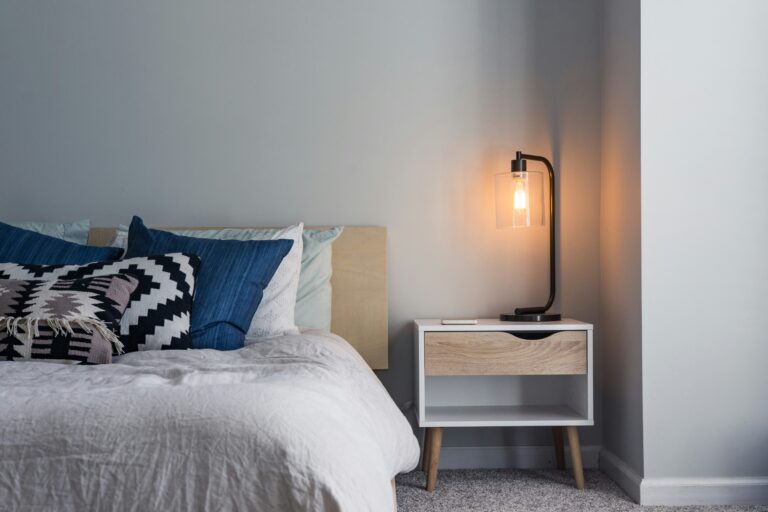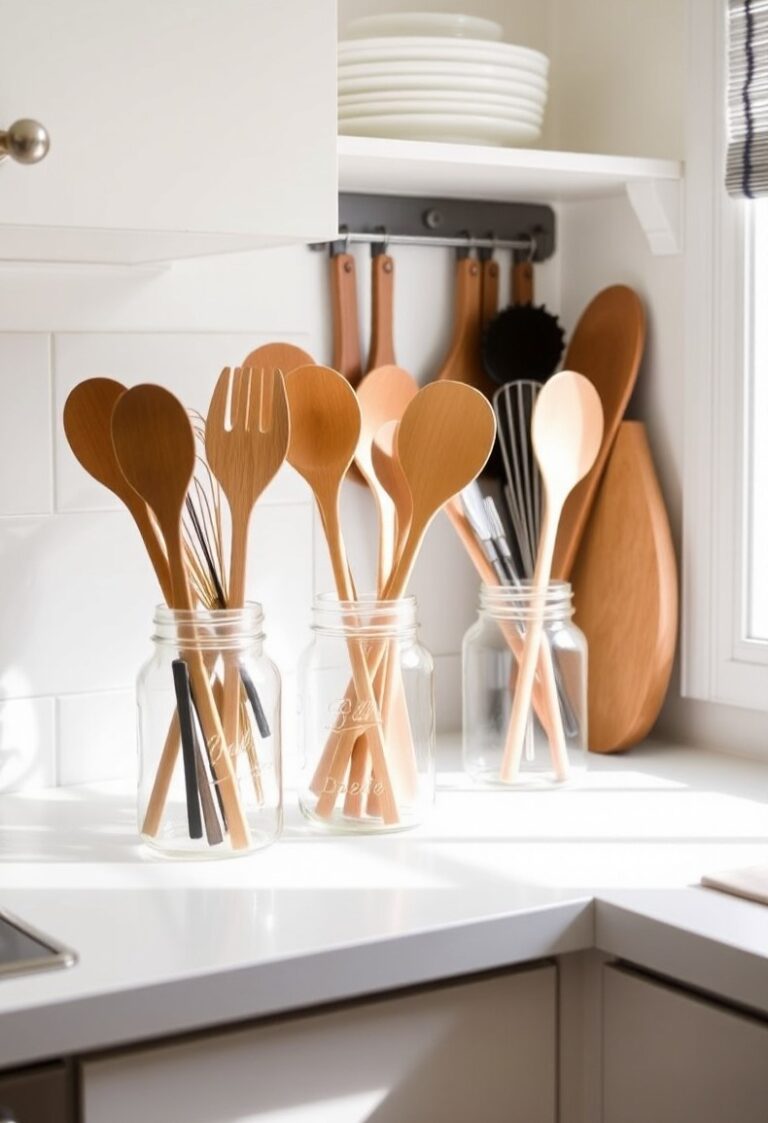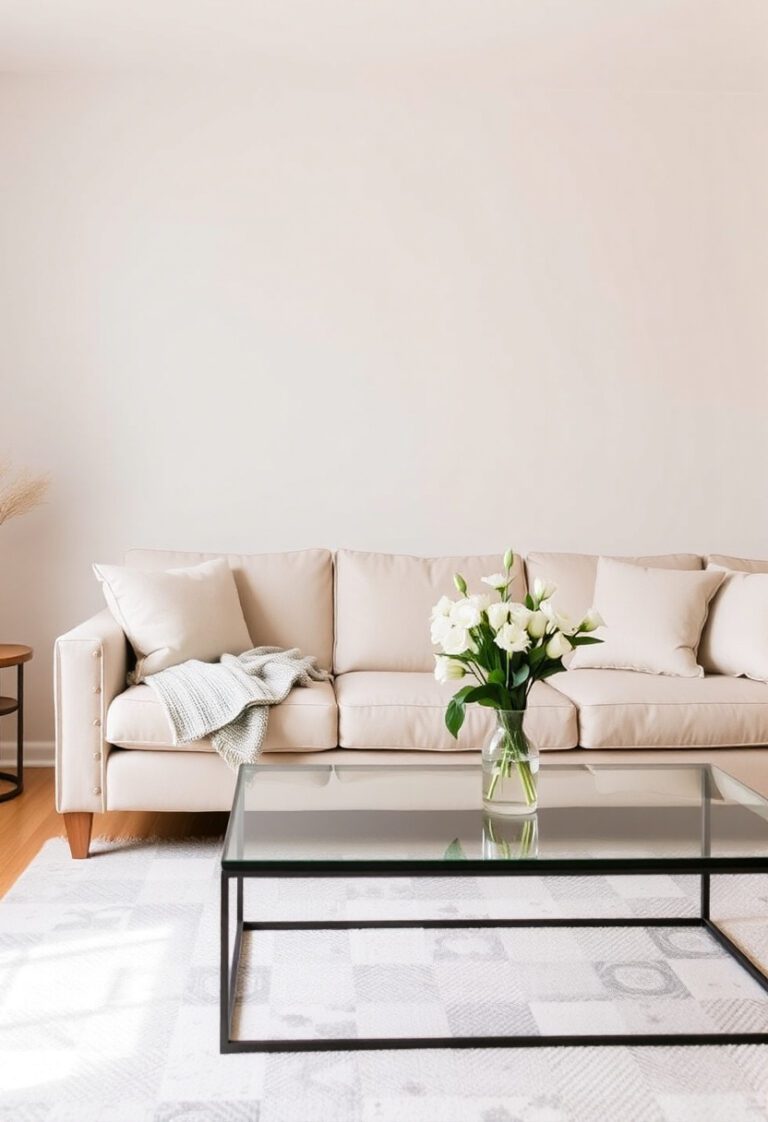Those awkward pipes under your bathroom sink create dead zones that seem impossible to organize. The result is a jumbled mess of products you can’t reach or see. Here’s how to work around the plumbing and actually use that space effectively.
Why Pipe Placement Makes This Space Tricky

The P-trap and water lines create odd angles that standard storage bins can’t accommodate. This leaves gaps where items fall to the back and disappear. The solution is choosing organizational tools designed to navigate around these obstacles rather than ignoring them.
1. Measure Your Pipe Configuration First
Before buying anything, grab a tape measure and note where your pipes sit. Check the height, depth, and how far they extend from the back wall. Knowing these dimensions prevents buying organizers that don’t fit. Snap a quick photo with measurements written down—you’ll reference it while shopping.
2. Use Stackable Drawers with Open Backs
Small plastic drawer units with cutouts in the back slide right around pipes. They create vertical storage that’s easy to access without digging through piles. Look for sets that let you stack only as high as your cabinet allows.
3. Try Tension Rods for Vertical Dividers
A tension rod installed from front to back creates hanging storage for spray bottles. The curved pipes usually leave room along the sides for this setup. Hang bottles by their triggers so they’re visible and grabbable without shifting everything else.
4. Add Pull-Out Sliding Organizers
Cabinet organizers that slide forward bring back items into view without reaching blindly. Choose ones with adjustable side panels that can angle around pipe positions. This works especially well for cleaning supplies or tall bottles you use frequently.
Read More: How to Organize Your Closet When You Have Limited Space
5. Install a Tension Rod Shelf Above the Pipes
Mount a small tension rod horizontally across the cabinet width, just above the pipes. Lay a cutting board or small tray on top to create an extra shelf level. This uses the vertical space that usually goes to waste while keeping the pipes accessible if needed.
6. Use Lazy Susans in Corner Spaces
Turntables make corner areas functional since you can spin items to the front. The pipes typically sit toward the center, leaving corners open. Choose one with a lip edge so bottles don’t slide off when rotating.
7. Hang a Caddy on the Cabinet Door
Over-the-door organizers don’t interfere with pipes at all since they attach to the inside of your cabinet door. Use them for flat items like washcloths, makeup remover pads, or travel-sized products. Just keep in mind the added depth when closing the door.
8. Try Narrow Bins for Side Spaces
Slim rectangular bins fit in the narrow gaps between pipes and cabinet walls. These spots often go unused but can hold hair tools, razors, or rolled hand towels. Pull them out like drawers when you need something from inside.
Related Post: How to Organize Your Bathroom Without Buying More Storage
9. Use Adhesive Hooks for Small Items
Stick command hooks to the inside cabinet walls for hanging small bags or loofahs. The pipes take up floor and middle space, but walls stay clear. This keeps lightweight items visible and off the cabinet floor entirely.
10. Create Custom Shelving with Foam Board
Cut notches in foam board or thin plywood to fit around your specific pipe layout. Stack these custom platforms at different heights to maximize vertical space. You can cover them with contact paper or shelf liner for a cleaner look.
11. Try Expandable Shelf Organizers
These adjustable shelves have legs that extend to different widths and often feature cutout sections. Position the legs around pipes to create a stable second level. The expandable design means you can fit it to your exact cabinet dimensions.
Also Read: 5 Storage Tricks That Make The Room Feel Bigger
12. Use Clear Containers for Visibility
When items sit behind pipes, clear bins let you see what’s inside without pulling everything out. Label the front or top of each container for even faster identification. This cuts down on the frustration of searching through opaque storage.
What Tends to Create More Problems
Overstuffing the space makes it harder to navigate around the pipes. When containers are packed too tightly, you’ll have to remove multiple items just to reach one thing. Leave some breathing room so you can actually access what you’ve organized.
Avoid storing anything directly against the pipes that could trap moisture or make leaks hard to spot. Check under your sink occasionally to catch any drips early. A little preventive awareness saves dealing with water damage later.
Final Thoughts
Those pipes don’t have to dictate chaos under your sink. With the right mix of organizers designed for awkward spaces, you can create a system that actually works. Try a couple of these approaches and adjust based on what you store—the goal is making your specific setup more functional, not following a perfect template.



